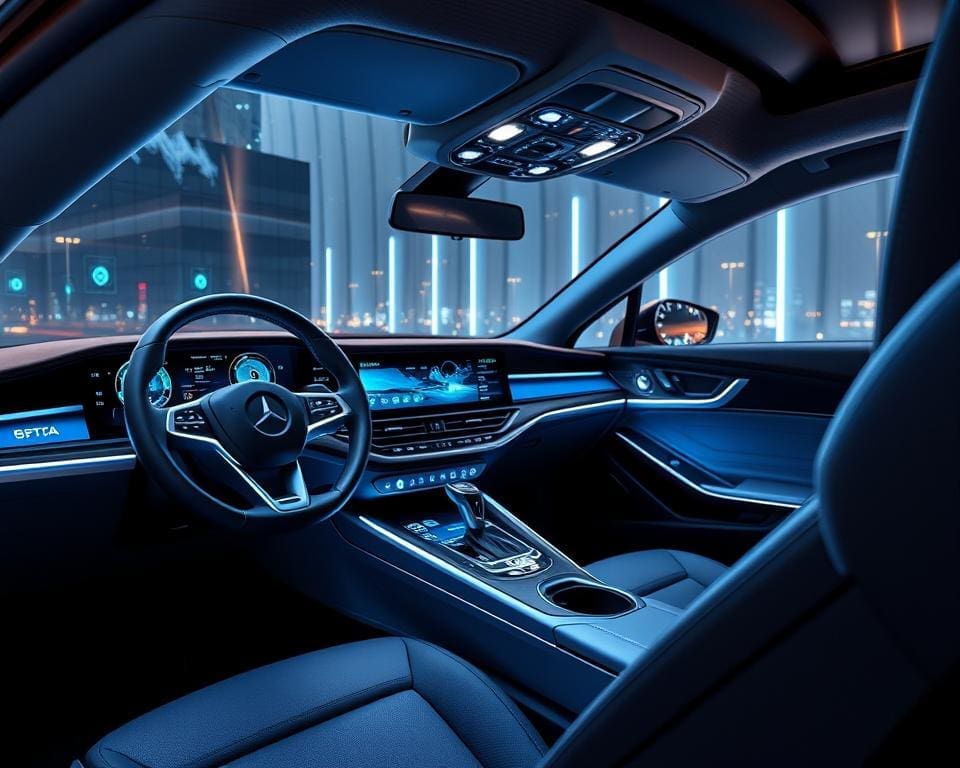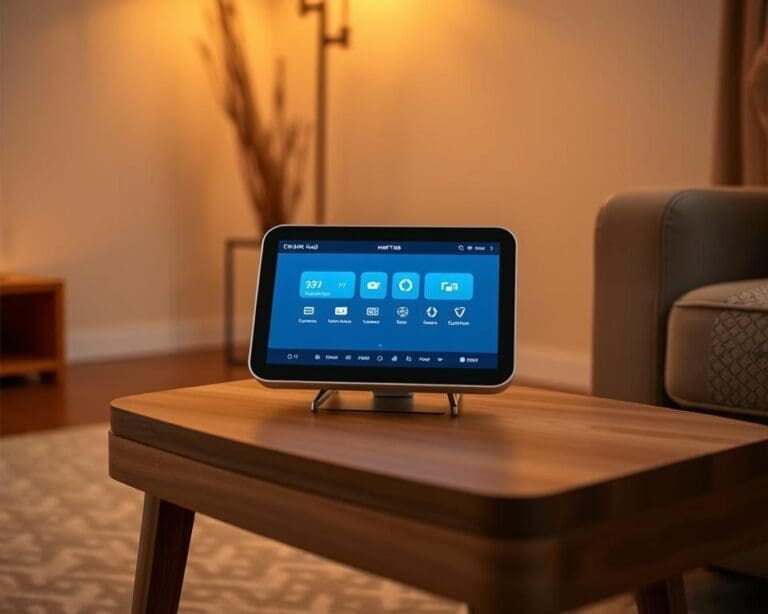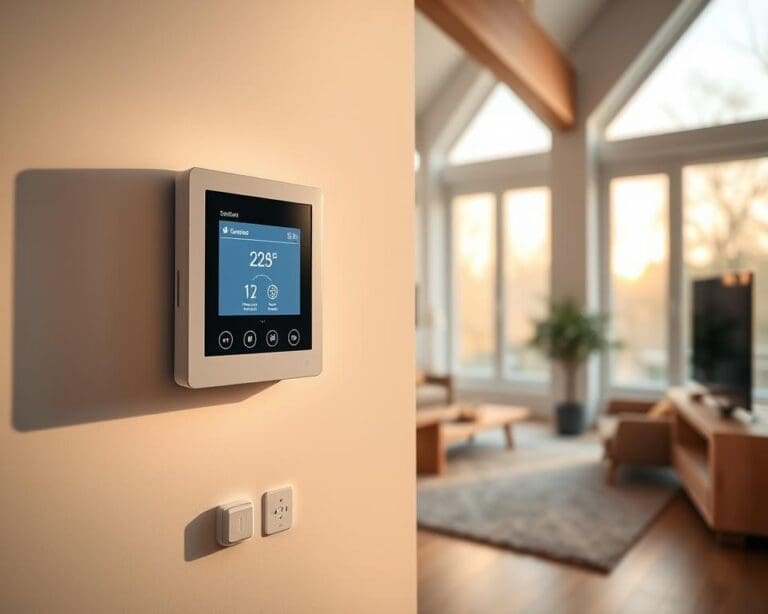In today’s rapidly evolving landscape, the significance of car infotainment tech cannot be overstated. Seamless AI-driven UX is redefining the way drivers and passengers interact with their vehicles, offering an unparalleled fusion of convenience and engagement. Major automotive manufacturers, such as Tesla, BMW, and Audi, are leading the charge by investing heavily in cutting-edge automotive technology that transforms the driving experience beyond mere navigation.
This innovative shift in car infotainment tech creates not only a more enjoyable journey but also enhances safety by facilitating intuitive controls and smart interfaces. As these advancements continue to unfold, the future of driving promises to be more connected, user-friendly, and engaging for all, resulting in a driving environment that meets the multifaceted needs of modern life.
Understanding Car Infotainment Tech
The realm of car infotainment tech has significantly evolved over the decades. What began as simple radio units has transformed into a sophisticated suite of in-car entertainment systems that enhance the driving experience. This progression reflects advancements in technology and shifts in consumer expectations, with features that provide unrivalled convenience and connectivity.
The Evolution of In-Car Entertainment Systems
In the 1980s, car audio systems took a notable leap forward with the introduction of CD players, revolutionising how drivers and passengers experienced music on the go. The transition to DVD systems marked another significant milestone, allowing video playback in vehicles. Recent years have witnessed the integration of smartphones into in-car entertainment through platforms such as Apple CarPlay and Android Auto, leading to a more interconnected and interactive experience for users.
Key Components of Modern Infotainment Systems
Today’s modern infotainment systems are built on various advanced components that create a cohesive technological environment inside vehicles. Key elements include:
- Touchscreens that offer intuitive control and easy navigation.
- Voice recognition software enabling hands-free operation and enhanced safety.
- GPS navigation systems providing real-time traffic updates and directions.
Renowned brands are leading the way with their innovative features. Mercedes-Benz’s MBUX highlights the role of artificial intelligence in enhancing user interaction, while Ford’s SYNC technology prioritises connectivity and control. These developments underscore the importance of car infotainment tech as a vital part of the modern driving experience.

Seamless AI-Driven UX: The Future of Automotive Technology
The integration of seamless AI-driven UX is transforming the landscape of automotive technology. As we move towards a future where vehicles become an extension of our digital lives, user experience remains a key focal point. With AI at the helm, the driving experience evolves into something that recognises individual preferences and adapts accordingly.
Automotive innovations are no longer confined to hardware upgrades; the software capabilities provided by AI are making significant strides. For instance, machine learning algorithms analyse driver habits and behaviours, enabling features that predict navigation routes and suggest personalised entertainment options. This customisation creates an environment where drivers feel more in control and engaged, ultimately enhancing road safety.
Companies like Google and Amazon are pioneering this movement, developing AI assistants that seamlessly integrate into the driving experience. These systems not only streamline tasks but also offer intuitive voice interactions that mimic natural conversation. By creating a fluid connection between technology and everyday life, such innovations reshape our understanding of comfort while driving.
The potential for seamless AI-driven UX in the automotive realm holds promise for enhanced safety and enjoyment on the road. This journey into the future of automotive technology is just beginning, and it is certain to redefine the way we approach not just driving, but daily mobility.
Innovative Dashboard Features Enhancing User Experience
Modern vehicles now offer innovative dashboard features poised to transform user interaction, enhancing both convenience and engagement. Customisation plays a key role, allowing drivers to tailor their experiences according to personal preferences. These innovations not only elevate the driving experience but also ensure that technology adapts to users’ needs and habits.
Customisable Interfaces for Personalised Interactions
Customisable interfaces enable drivers to arrange their dashboard layouts, select preferred displays, and prioritise favourite applications. This flexibility fosters a more engaging driving environment, where the user’s interaction with the vehicle feels intuitive and tailored. The ability to personalise these settings can create a sense of ownership and comfort, enhancing overall satisfaction.
Integration with Mobile Devices and Apps
Mobile device integration has become increasingly essential in automotive technology. Consumers expect their cars to seamlessly connect with smartphones, streamlining their digital lives. This demand has led to brands like Toyota and Volkswagen adopting robust platforms that support such interactions. For instance, Toyota’s Entune platform and Volkswagen’s Car-Net create a bridge between personal devices and in-car systems, ensuring an uninterrupted flow of information and entertainment while driving.
Advanced Connectivity Systems Transforming Driving
In an era characterised by rapid technological advancement, the importance of connectivity in today’s vehicles cannot be overstated. Modern cars have evolved into sophisticated digital environments where seamless interaction plays a crucial role in enhancing the driving experience.
Importance of Connectivity in Today’s Vehicles
The reliance on advanced connectivity systems has become essential for both drivers and passengers. These systems facilitate not just basic functionalities like navigation and music streaming but also offer critical features such as real-time traffic updates and emergency communication services. Such capabilities transform how individuals engage with their vehicles, allowing them to stay informed and connected throughout their journeys.
Wireless Technologies: Bluetooth, Wi-Fi and More
Among the most transformative aspects of connectivity are wireless technologies, such as Bluetooth and Wi-Fi. These innovations enable seamless integration between cars and personal devices, enriching the in-car ecosystem.
- Bluetooth: This technology allows drivers to connect their smartphones for hands-free communication and audio streaming.
- Wi-Fi: Many vehicles now come equipped with in-car Wi-Fi hotspots, a feature that enhances the experience for passengers who want to maintain connectivity while on the move.
- Over-the-Air Updates: These updates ensure that vehicles maintain optimal performance, with software enhancements rolling out without the need for a visit to the dealership.
Smart Vehicle Entertainment: Keeping Passengers Engaged
As smart vehicle entertainment continues to evolve, it significantly enhances the journey for passengers. Interactive user experiences cater to the diverse needs of individuals, making each trip enjoyable regardless of age. This focus on engagement transforms the back seat into an entertainment hub, ensuring that every passenger remains entertained and connected throughout the drive.
Interactive User Experiences for All Ages
Modern infotainment systems are designed with a variety of interactive user experiences in mind. The goal is to accommodate passengers from children to adults, ensuring that everyone has access to tailored entertainment options. Innovations from manufacturers like Volkswagen and Ford enable multiple users to engage with the system simultaneously, whether they prefer video streaming, interactive games, or music playlists. This multi-user approach fosters a communal atmosphere, enhancing the overall travel experience.
Content Delivery and Streaming Options
The evolution of content delivery has revolutionised how passengers access entertainment during their travels. Platforms integrated into vehicles, such as Skoda’s infotainment systems, offer seamless streaming of music, films, and gaming content. This accessibility allows passengers to enjoy their favourite shows and tunes directly through their vehicle’s interface, creating an immersive environment. With the rise of smart vehicle entertainment, drivers and their passengers can truly make the most out of their time spent on the road.
Intelligent In-Car Technology: Enhancing Safety and Convenience
In the realm of modern vehicles, intelligent in-car technology has emerged as a critical factor in enhancing both safety and convenience. Innovations such as adaptive cruise control and lane departure warnings are pivotal automotive advances that significantly reduce the risk of accidents, ensuring drivers feel secure on the road. Automatic emergency braking systems serve as a second line of defence, proactively preventing collisions by detecting imminent threats and reacting faster than a human can.
Moreover, systems like Tesla’s Autopilot and Volvo’s Pilot Assist epitomise how intelligent technology not only provides entertainment but also prioritises the well-being of all occupants. These advanced features create an environment where the vehicle anticipates driver needs, allowing for a seamless transition between driving and relaxing. Such advancements bridge the gap between entertainment and safety, paving the way for a future where autonomous driving becomes a reality.
Voice-activated controls emerge as another significant feature, enabling drivers to navigate infotainment functions without taking their eyes off the road. This integration fosters an atmosphere of safety and convenience, as distractions are minimised, making every journey more enjoyable. Ultimately, the evolution of intelligent in-car technology is not just a trend; it’s a profound movement towards a safer, smarter driving experience that redefines what it means to be on the road.









